Cheapest Garden Plants That Look Nice All Year Round
Make your garden look gorgeous without spending a fortune. Here's a list of beautiful budget-friendly garden plants with tips on looking after them.
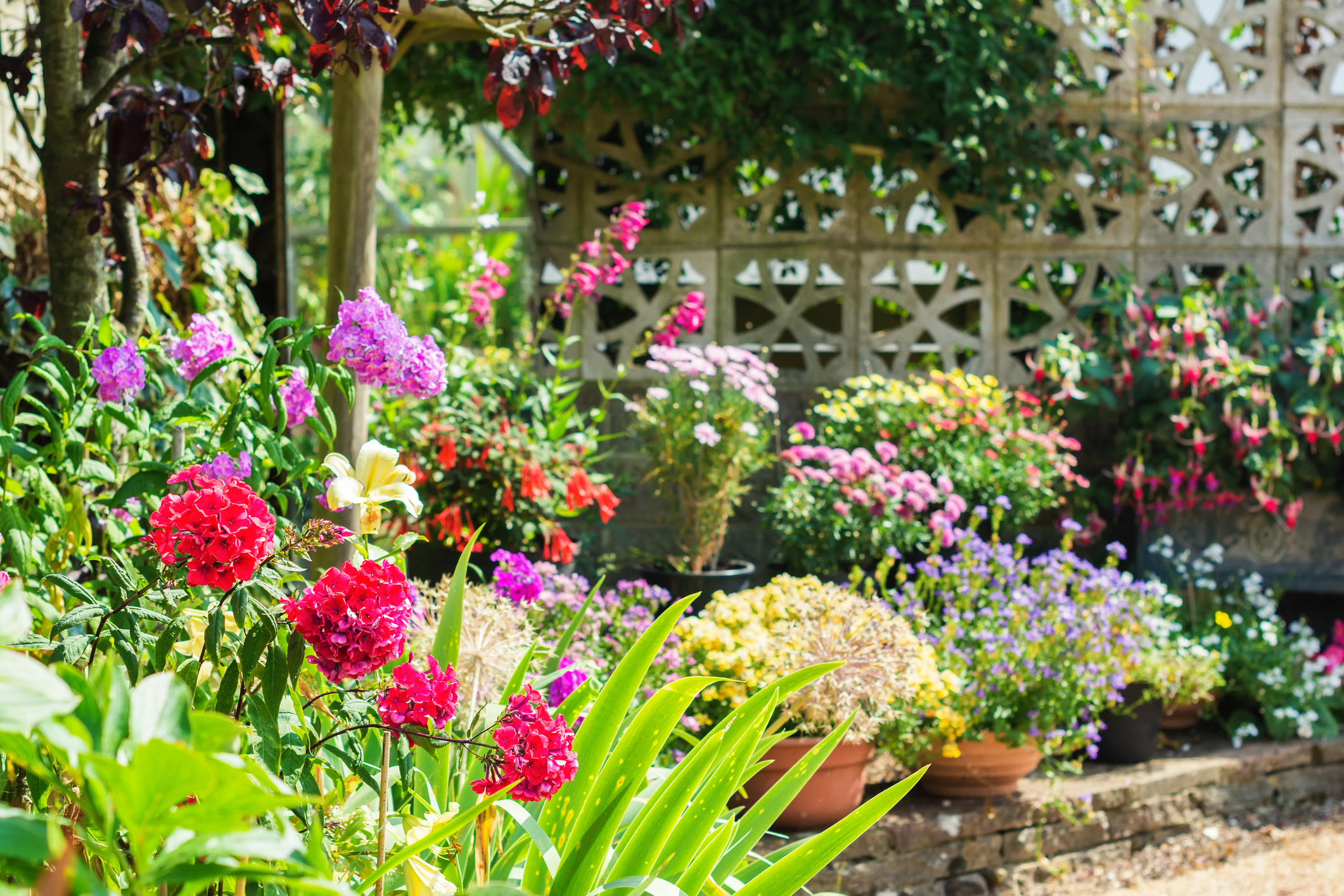

Making your garden look nice on a budget is easier than it seems - I promise! As well as getting creative with some budget-friendly garden projects, you can invest in some cheap evergreen plants to make your outdoor space look beautiful all year round, even in winter's deep, dark depths.
If you’re buying your plants online instead of at a garden centre, make sure you do some website price comparisons first as prices can vary a lot. We recommend checking out these retailers as they frequently offer great discount codes that can help you save on your order:
If you’re heading to a garden centre, make sure you have a plan in place for what you want to buy before you get there as it can really easy to impulse buy (all the plants look so pretty, it’s hard to resist!) It’s a good idea to work out roughly how many plants you need to fill your space to help you avoid buying too many and make sure you have an idea of which plants you’re looking to buy so you can just concentrate on finding them and not browsing all the selection there.
Now that we’ve got that covered, let's look at some budget-friendly garden plants that look nice all year round.
Camellia
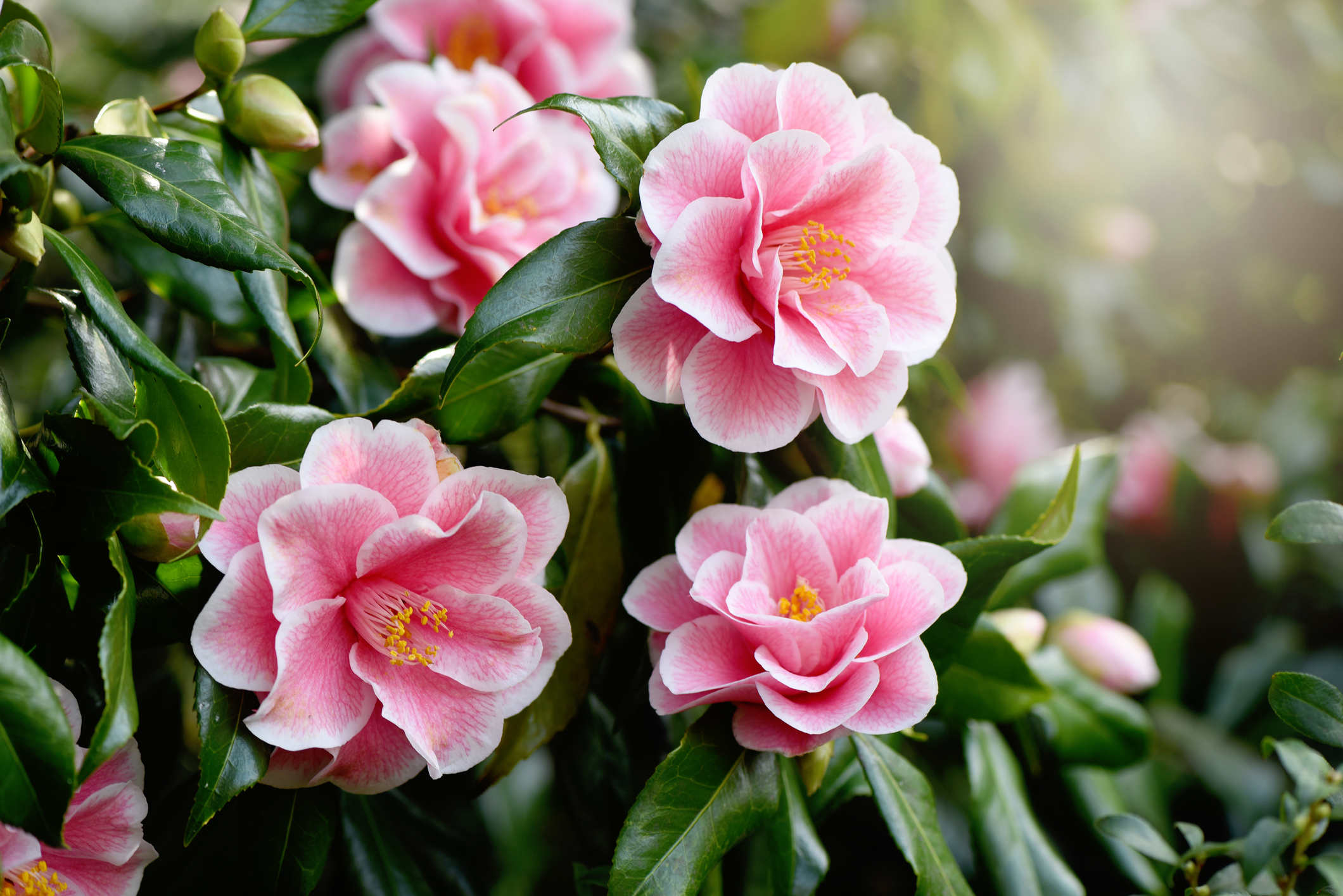
When winter begins to create havoc on the garden, camellias start to thrive, with their gorgeous flowers blooming all through winter and early spring. When camellias flower, they’re a great plant to have to add a pop of colour to your garden and when they’re not flowering, their luscious green leaves stand loud and proud.
When to plant camellias: Camellias can be planted in the ground and in containers and depending on where you’re growing them, they need to be planted at different times of year. If you’re growing camellias in the ground, it’s best to plant them in autumn. If you’re planting camellias in a pot, anytime between spring and autumn is best.
Where to plant camellias: Camellias like the shade so they benefit from a spot in full or partial shade. They also benefit from being planted in an area with well-drained soil.
When do camellias flower: Camellias usually flower from October to April. Different species of camellia have different flower colours, ranging from pink, red or white.
When to water camellias: During their first year before they’re established, camellias will need watering throughout the year. When camellias are established, they need regular watering in the summer to ensure that the soil stays moist.
How to care for camellias: Other than regular watering in summer, camellias are easygoing. It’s worth deadheading the flowers when they start to wilt to keep the plant looking as pretty as possible.
Lavender
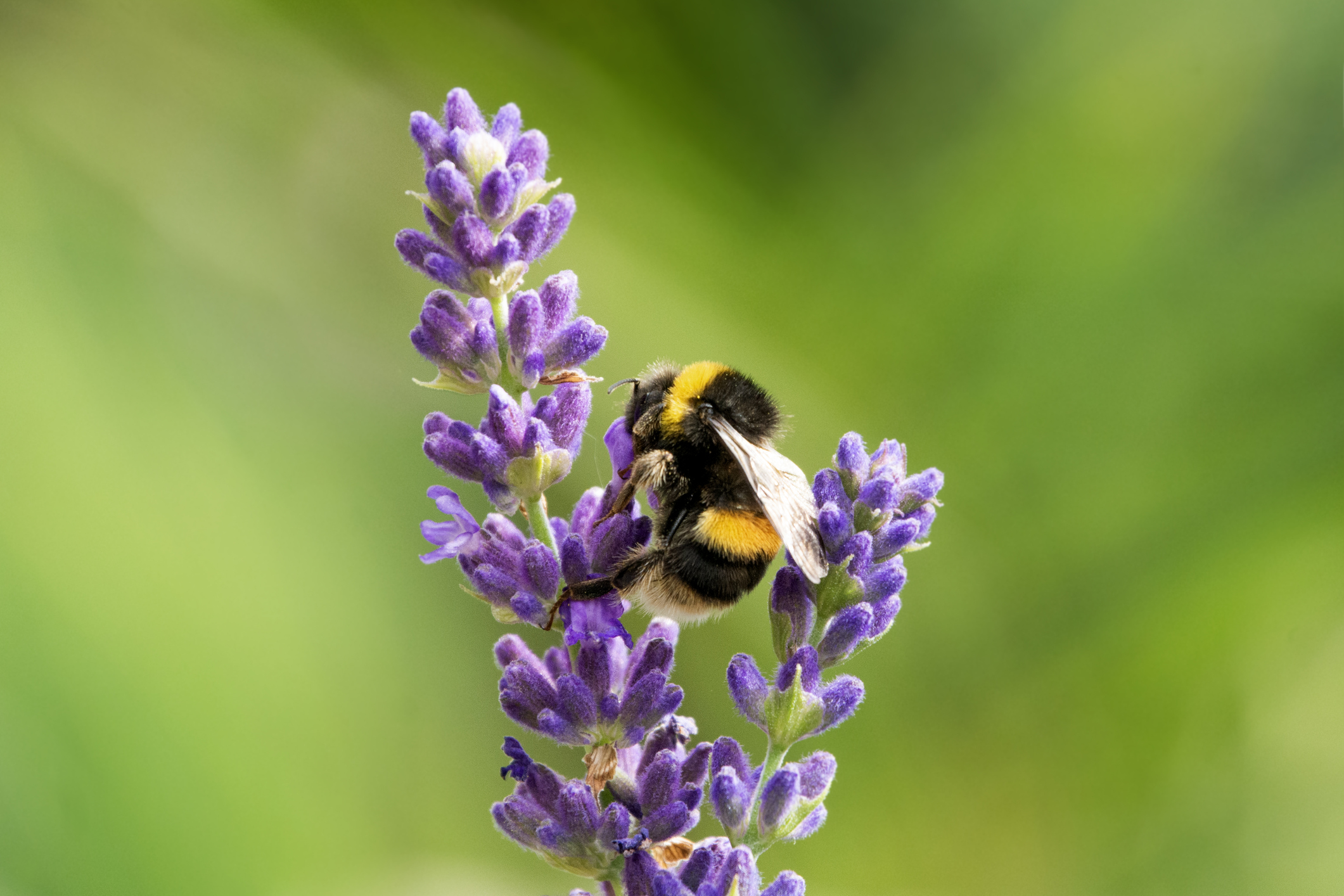
Lavender, the bees’ best buddy, is a fabulous addition to any garden. They have a gorgeous, distinct fragrance and on top of that they’re easy to care for. If you’re someone who likes to get creative, you can take cuttings of the leaves and flowers and dry them. Once the leaves and flowers have dried, they can be used for loads of things, like lavender-infused oils, bath salts and scented drawer sachets.
When to plant lavender: The best time of year to plant lavender is early spring, so April or May ideally. Avoid planting lavender in winter as the plant may struggle with winter soil conditions.
Where to plant lavender: Lavender enjoys full sunlight and can be grown in both a border and a container.
When does lavender flower: Lavender produces vibrant, purple flowers in June and July each year and the flowers last through the summer. Once the flowers go, lavender has some striking silver/green leaves that stay for the rest of the year.
When to water lavender: If you’re growing lavender in the ground, they need lots of water during the first summer. After the first year, they’re very good at coping with drought so you don’t need to worry about watering them too often.
If you’re growing lavender in a container they will need lots of water every year during the summer months as the soil dries out quite quickly.
How to care for lavender: Most types of lavender are very hardy and don’t need much care. If you have lavender in a pot, moving them to a sheltered spot in the winter is a good idea to protect them from the harsh elements.
It’s also worth trimming and pruning your lavender to prevent them from becoming too woody and to encourage healthy growth. Lavender is best pruned in spring and trimmed in late summer once the plant has stopped flowering. Be careful when pruning and trimming your lavender plant, make sure you don’t cut down to the woody part of the plant as this will stop new leaves from growing.
Photinia Red Robin
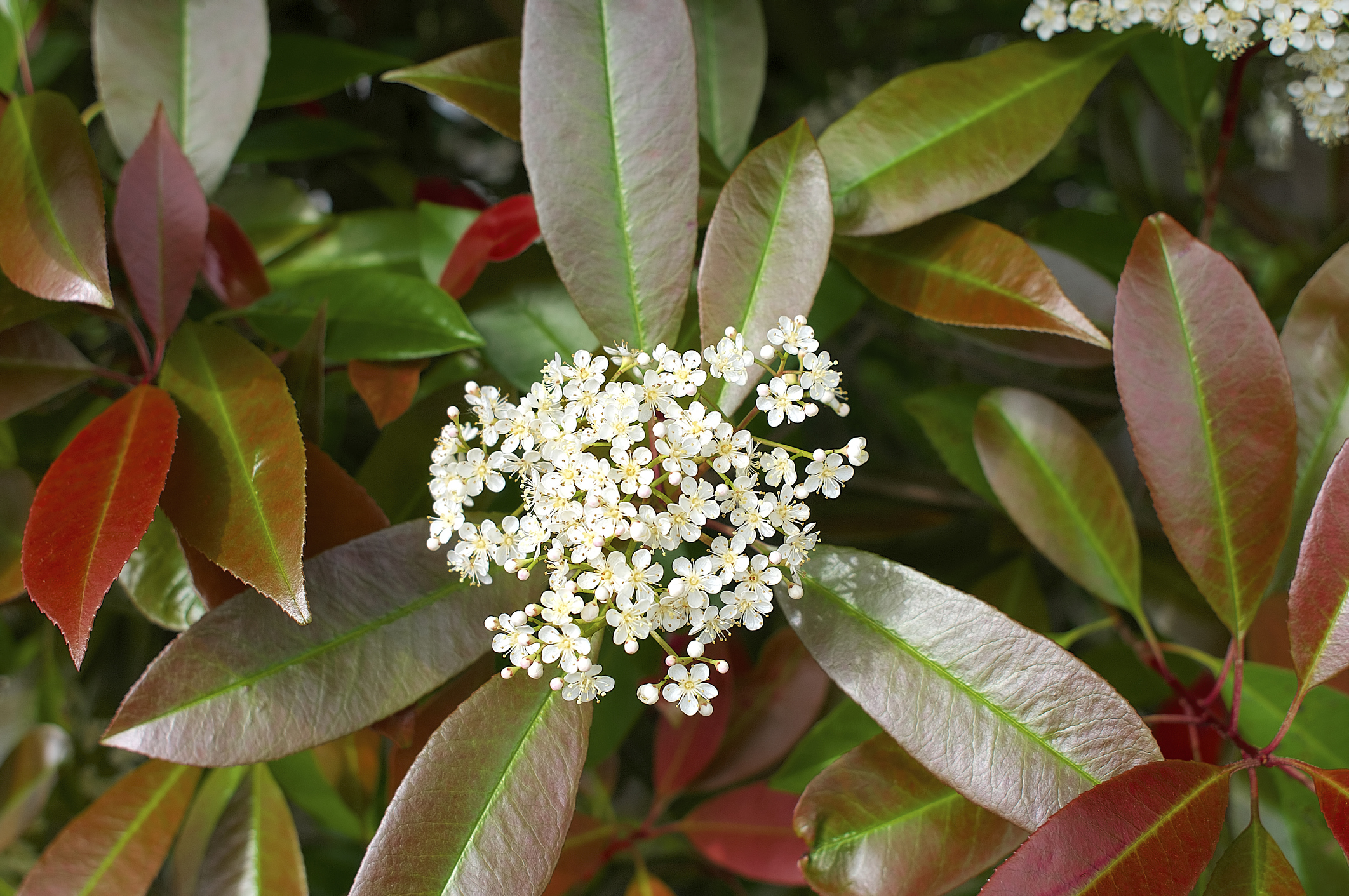
There are a few different species of photinia but here we’re talking about the red robin species, which is an evergreen variety. As the name suggests, red robins have vibrant red leaves. The leaves are red when they’re new leaves and over time they turn to a rich green colour. Red robins also produce clusters of dainty white flowers. The plant can be kept as a shrub or grown as a hedge. Added bonus - they’re very low maintenance.
When to plant red robins: Red robins can be planted all year round (except when the ground is frozen) but prefer being planted in spring or autumn.
Where to plant red robins: Red robins do best in sunny or partial shade spots, and if you can get them in a sheltered position, that will help them through harsh weather conditions. They can be grown in the ground and in containers.
When to red robins flower: Red Robins flower in the springtime and they produce little white flowers followed by red berries later in the year.
When to water red robins: Over their first couple of years being planted, both red robins planted in the ground and in containers need regular watering throughout the year, whenever the soil feels dry.
After the first two years, if your red robins are in the ground, they won’t need regular watering as they’re good at coping with dry soil - just make sure you water them when there’s a heatwave. However, Red Robins in containers will always need regular watering in the summer.
How to care for red robins: You’ll be happy to hear that red robins are very easy to look after, you don’t really have to do anything once the plant is established. However, if you want your plant to keep in a nice shape, it’s worth pruning in spring or summer. Once the plant is pruned, it will encourage lots of new red leaves to grow which will add so much vibrancy to your garden.
Thyme
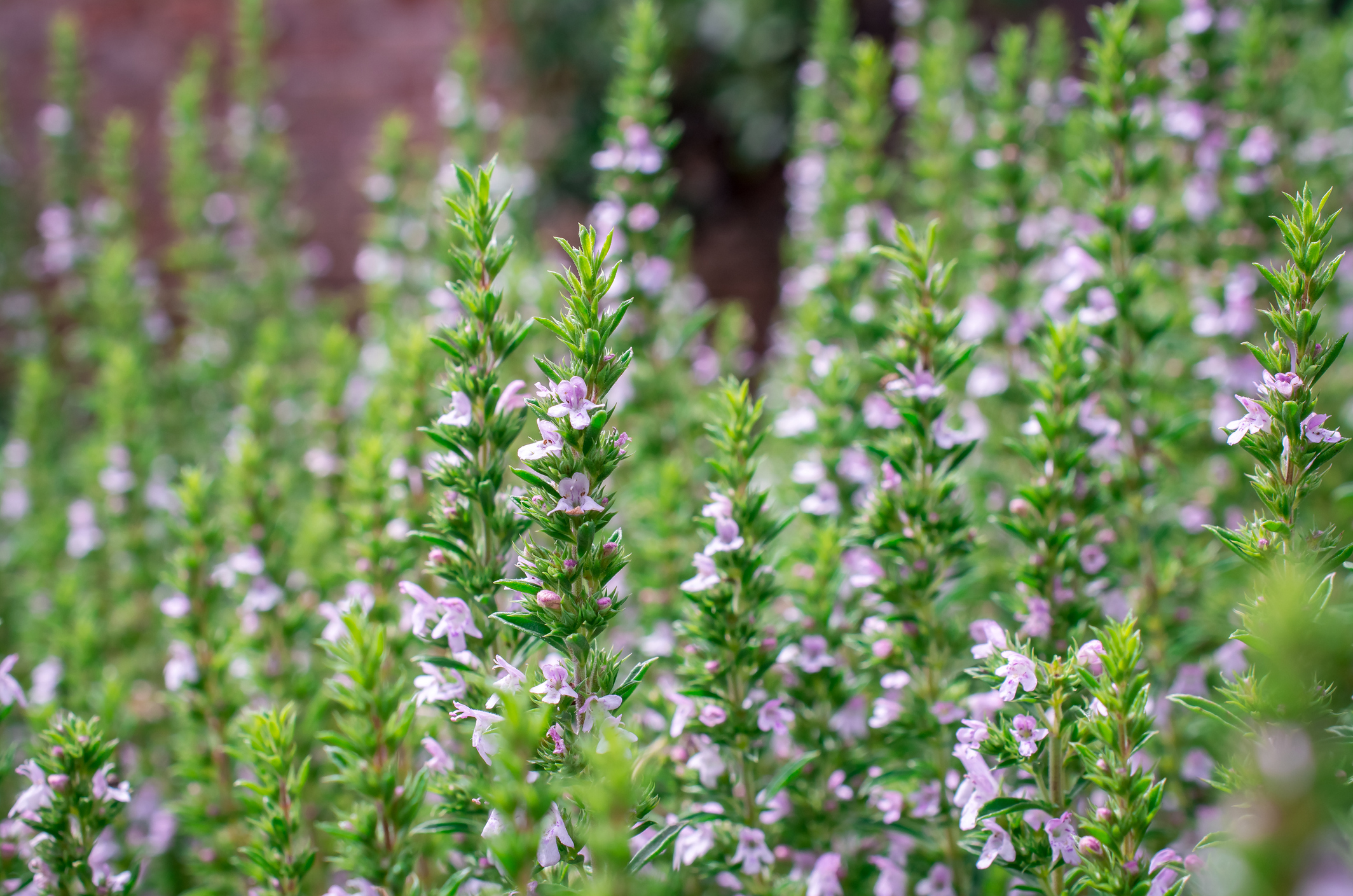
It’s worth taking some time to grow thyme. Thyme is a Mediterranean evergreen shrub, the leaves are aromatic and add an amazing flavour to many kinds of dishes. Thyme also flowers for a few months of the year, adding additional colour to your garden.
When to plant thyme: Thyme can be planted anytime, as they’re very hardy plants but the best time of year is spring or early summer. Avoid planting in very harsh winter conditions though, like when the soil is frozen because they may struggle to get established.
Where to plant thyme: Thyme likes growing in sunny spots in well-drained soil. They can be planted in the ground and in containers.
When does thyme flower: Thyme flowers from late spring to early summer and you can even eat the flowers! Depending on the variety of thyme you get, the colour of the flowers varies, ranging from pink, purple or white.
When to water thyme: Thyme is very drought tolerant and doesn’t need much water over the year, especially if they’re planted in the ground. However, if you have thyme growing in a pot or container, water fairly regularly in hot weather as the soil dries out quickly. In winter, if you can, move the thyme to a sheltered spot to stop the roots from getting drenched in heavy rain downpours.
How to care for thyme: It’s best to trim back thyme once they’ve finished flowering to keep them healthy and to help prevent them from becoming woody (once it’s woody, the leaves are inedible). Make sure you don’t trim back to the older part of the stem, you just want to trim back some of the leafy stems as it’ll help the thyme to produce healthy new leaves.
Bay Tree
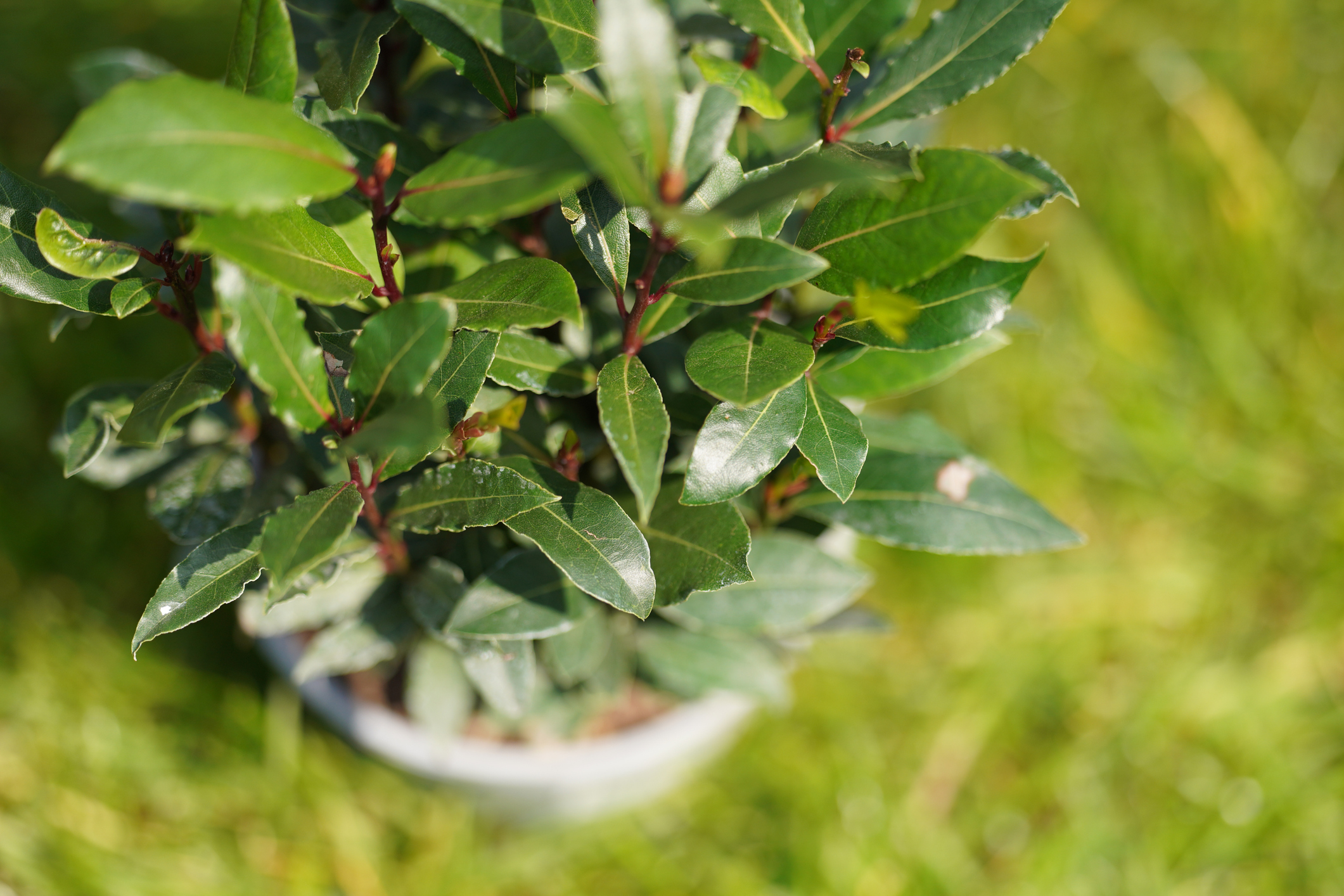
Bay trees are hardy evergreen shrubs with gorgeous dark green leaves. They produce small, very pale yellow flowers in the spring and they also get berries that appear later in the year. You can prune bay trees into different shapes to make them standout plants in your garden. If you’re a cooking fan they’re a great investment - the leaves from a bay tree can be picked off and added to meals during the cooking process to infuse the food with a gorgeous fragrance (bay leaves add a great flavour to curries, stews, and cheese sauces). Over time, buying a bay tree works out much better value than buying bay leaves in the supermarket - the plant looks nice and helps you save money over time… what a winner!
When to plant bay trees: Spring is the perfect time to plant bay trees as they’ll have plenty of time to establish before the summer heat kicks in.
Where to plant bay trees: Bay trees like sunny, sheltered spots or light-shade areas with well-drained soil. They can be planted and grown in containers or in the ground and they can even be used as hedging. If you plant bay trees in containers they’ll need repotting roughly every 2 years.
When to water bay trees: Bay trees in pots need to be watered more than those directly planted in the ground. They need watering when the soil goes dry, which can happen every couple of days or so in the summer.
When can you pick bay leaves: If you want to add bay leaves to your dish, you’re in luck, you can pick the leaves from bay trees all year round. You can add fresh bay leaves when you’re cooking or you can dry the leaves and use them at a later date.
How to dry bay leaves: If you would like to dry bay leaves before you use them it’s really easy. You just need to cut the bay leaves from the tree, place them on a paper towel, put another one on top, and leave them to dry for 3 days. You can then store the leaves in a jar or a zip-lock bag.
How to care for bay trees: When the temperature gets below freezing outside and if your bay trees are in unsheltered spots, a potted bay tree will need to be protected - you can either move the plant to a cool spot indoors or put fleece over the plant.
Box
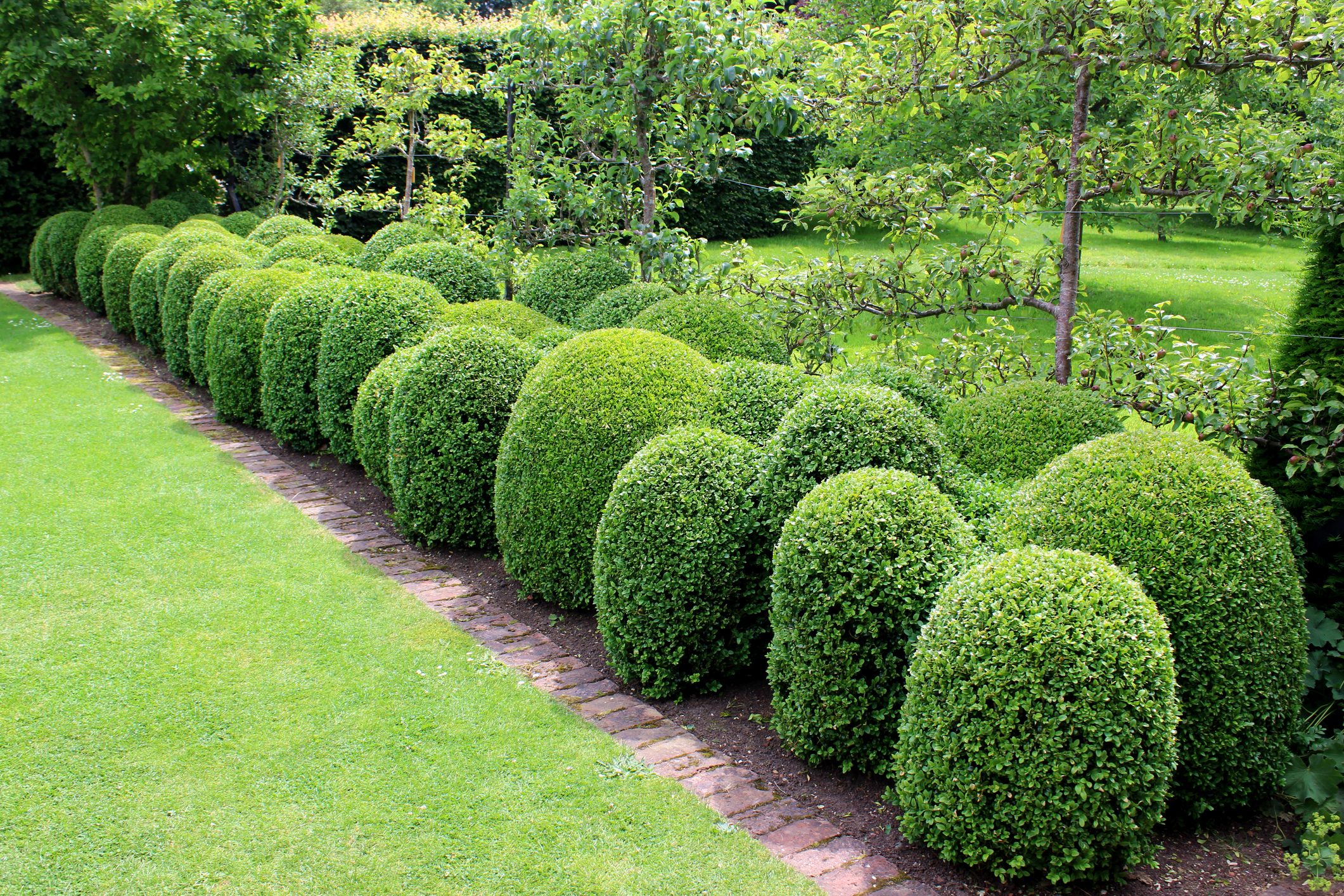
Box in an evergreen shrub with small, bright green leaves. They can be clipped into different shapes, from balls, spirals to animal shapes, giving you the chance to get creative. They’re also great to use as hedging.
When to plant box: The perfect time to plant box is in spring or autumn but you can plant them any time of year as they’re pretty carefree.
Where to plant box: You can plant box pretty much anywhere, they’re happy with a sunny or shaded spot. They can be planted in the ground and can also be planted in a container
When to water box: When they’re newly planted, they need watering regularly but they only need a bit of water to moisten the soil (be careful not to overwater). Once they’re established, they barely need any water except when there are extended periods of time with no rain.
How to care for box: Whether you’re wanting your box to be in a particular shape or you just want to keep the plant healthy it’s worth trimming the plant. For young plants, trim back the leaves in spring and for mature plants trim back the leaves in late summer.
Time to Make Your Garden Look Gorgeous
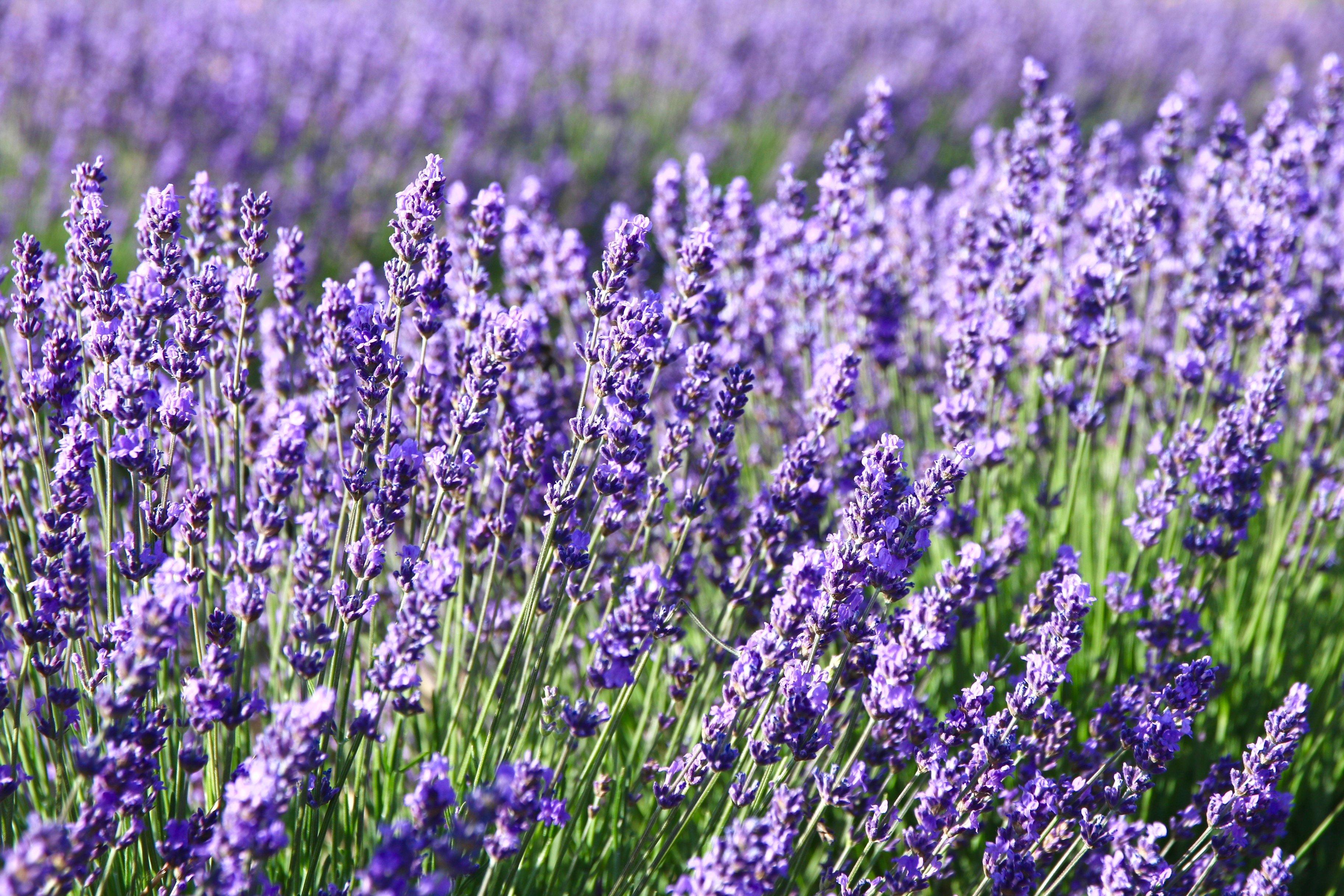
Evergreen plants are really great value for money because you can enjoy them all year round. Getting a variety of plants that flower at different times of year can be nice as well as it’ll give your garden a lovely pop of colour all throughout the year.
If you’d also like to find out about the cheapest houseplants that look nice all year round, we’ve covered that too.

Hi, I'm Emma! I've been working at MyVoucherCodes since January 2022. Before joining the MyVoucherCodes team, I had already been working in the savings industry for a good few years so I have a lot of knowledge on how to be a savvy shopper, and I love sharing my top money-saving tips.
In my spare time, I enjoy hiking and being out in the countryside, dancing my heart out at festivals, painting, gardening and running. I also adore animals and since 2021, I've been a Website Editor and Social Media volunteer for a cat charity, writing about cats that are ready for adoption, happy rehoming stories and fundraising events.
-
 Is Temu Legit and Safe to Order From?
Is Temu Legit and Safe to Order From?You've probably heard of Temu, but you may ask yourself if Temu is legit? Or is Temu safe to order from? Luckily, we answer your burning questions here.
By Nathan Walters Published
-
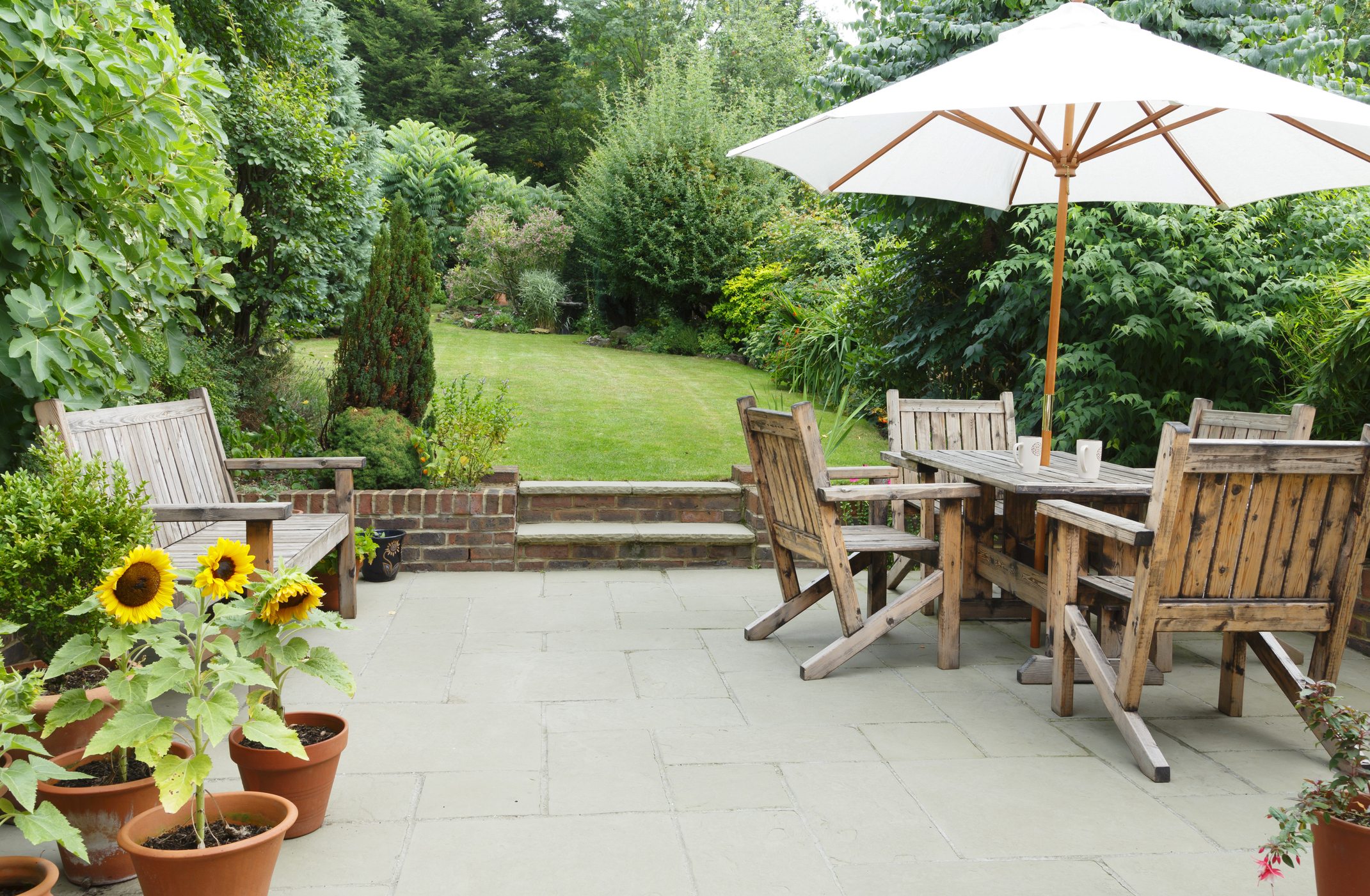 Small Patio Garden Ideas
Small Patio Garden IdeasGarden Projects We discuss some of the best ways to transform your small patio without breaking the bank.
By Layla Al-Ani Published
-
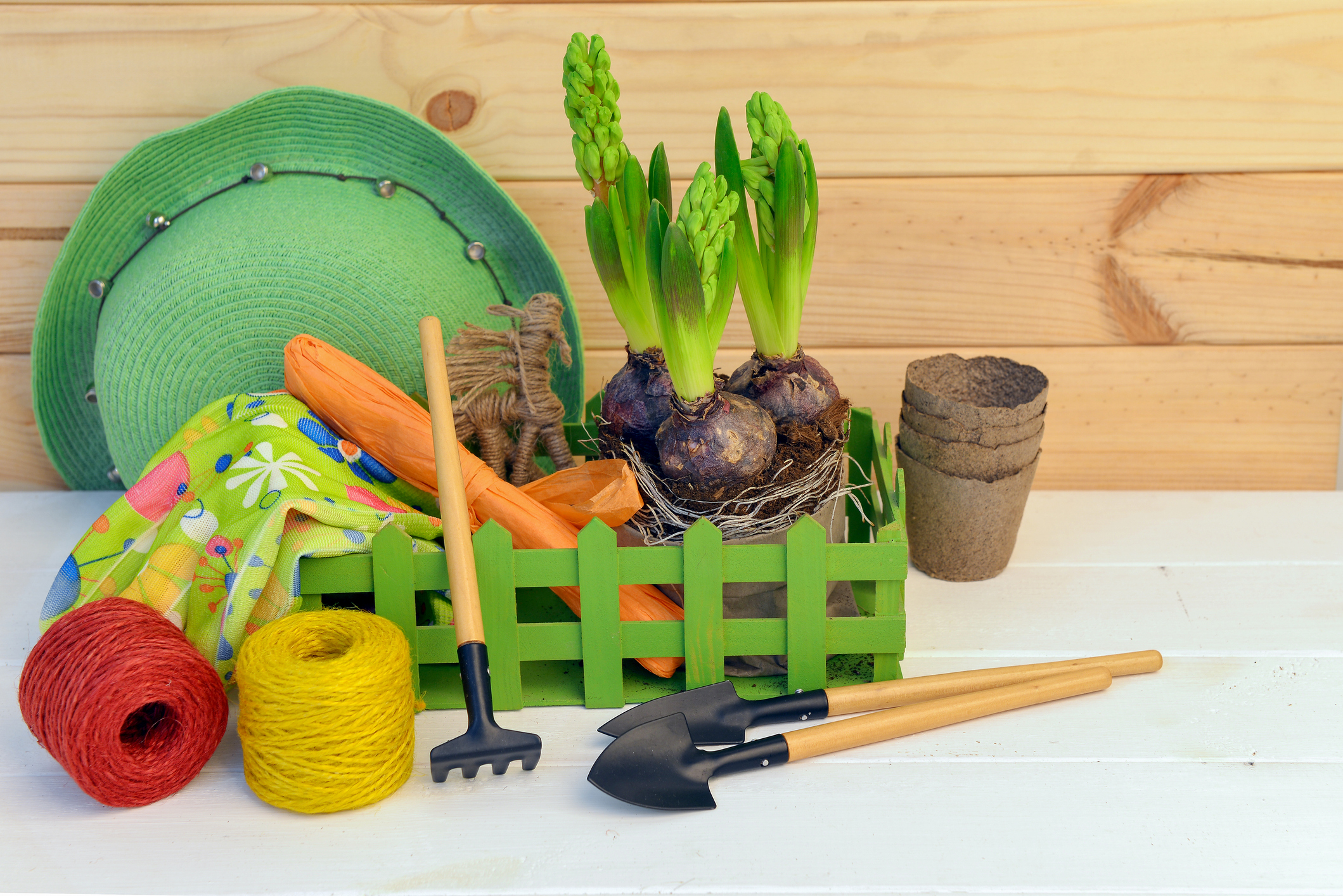 How to Save Money on Gardening Gifts
How to Save Money on Gardening GiftsGardening Find out how to save on gardening gifts in our handy guide.
By Emma Webber Published
-
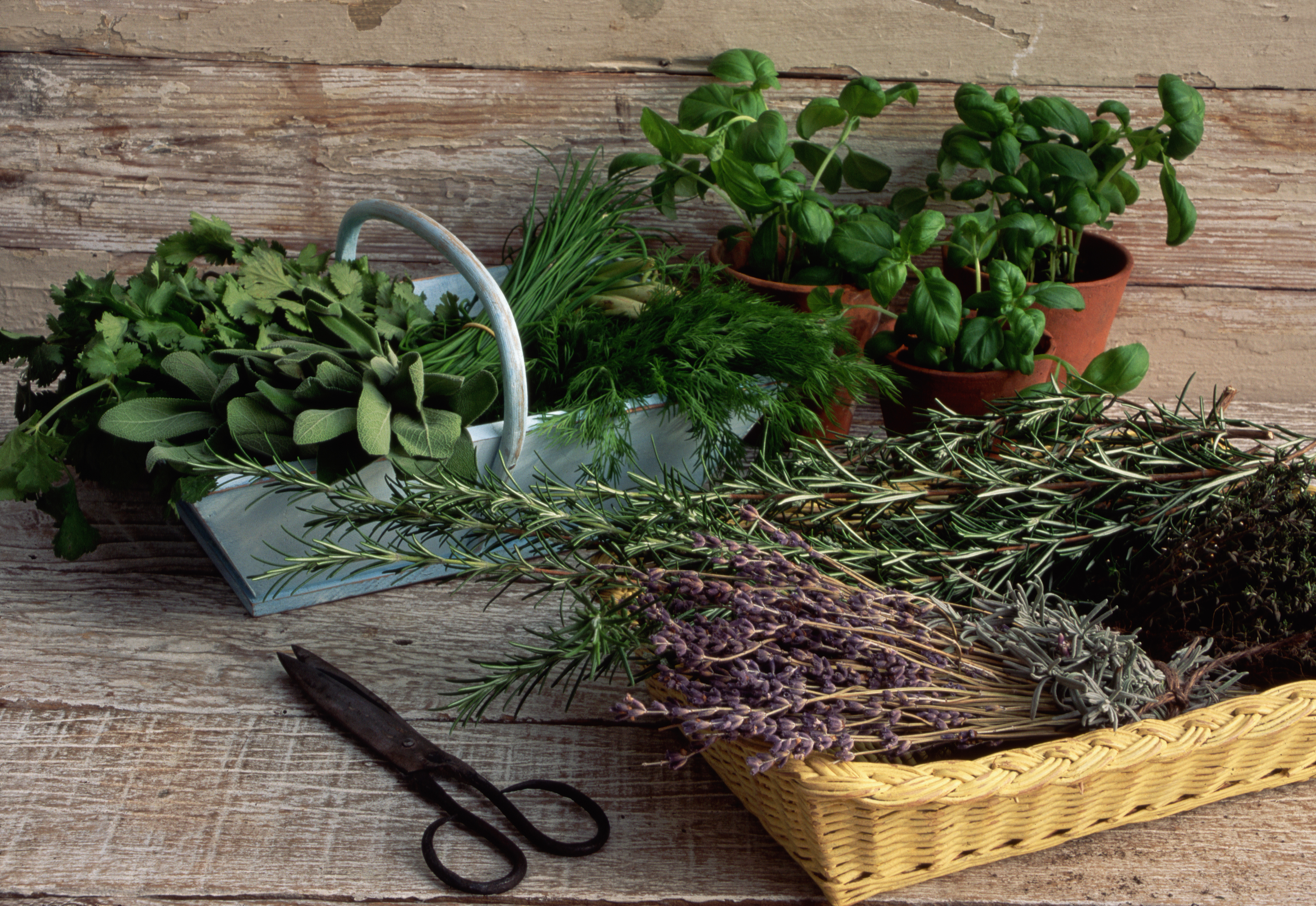 How to Save Money Growing Your Own Herbs
How to Save Money Growing Your Own HerbsGardening Lower the cost of your weekly food shop by growing your own herbs. Follow this guide for some tips and tricks.
By Emma Webber Published
-
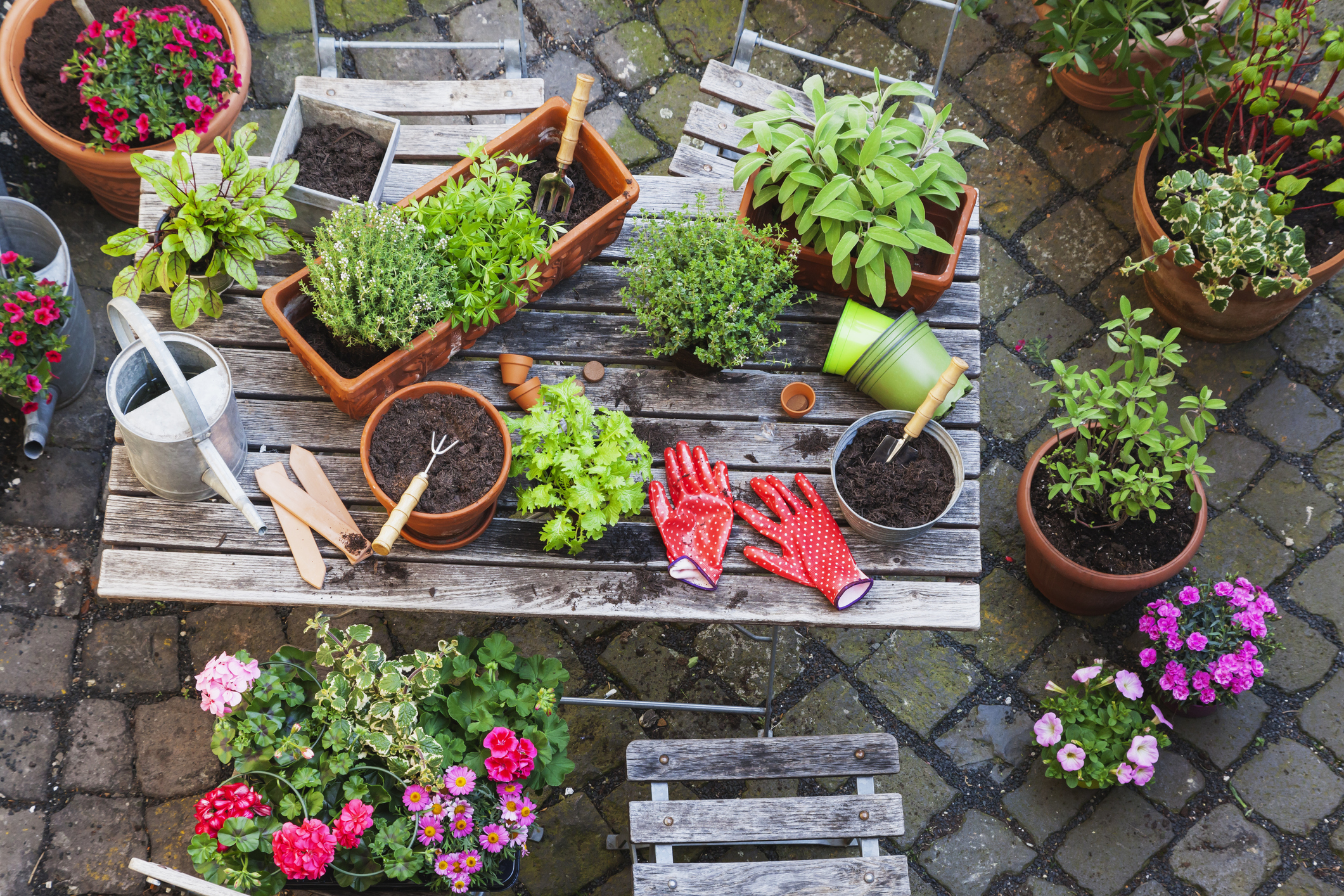 Top Tips for Buying Plants on a Budget
Top Tips for Buying Plants on a BudgetHome Decor This guide will take you through some handy steps to save money when you buy new plants.
By Emma Webber Published
-
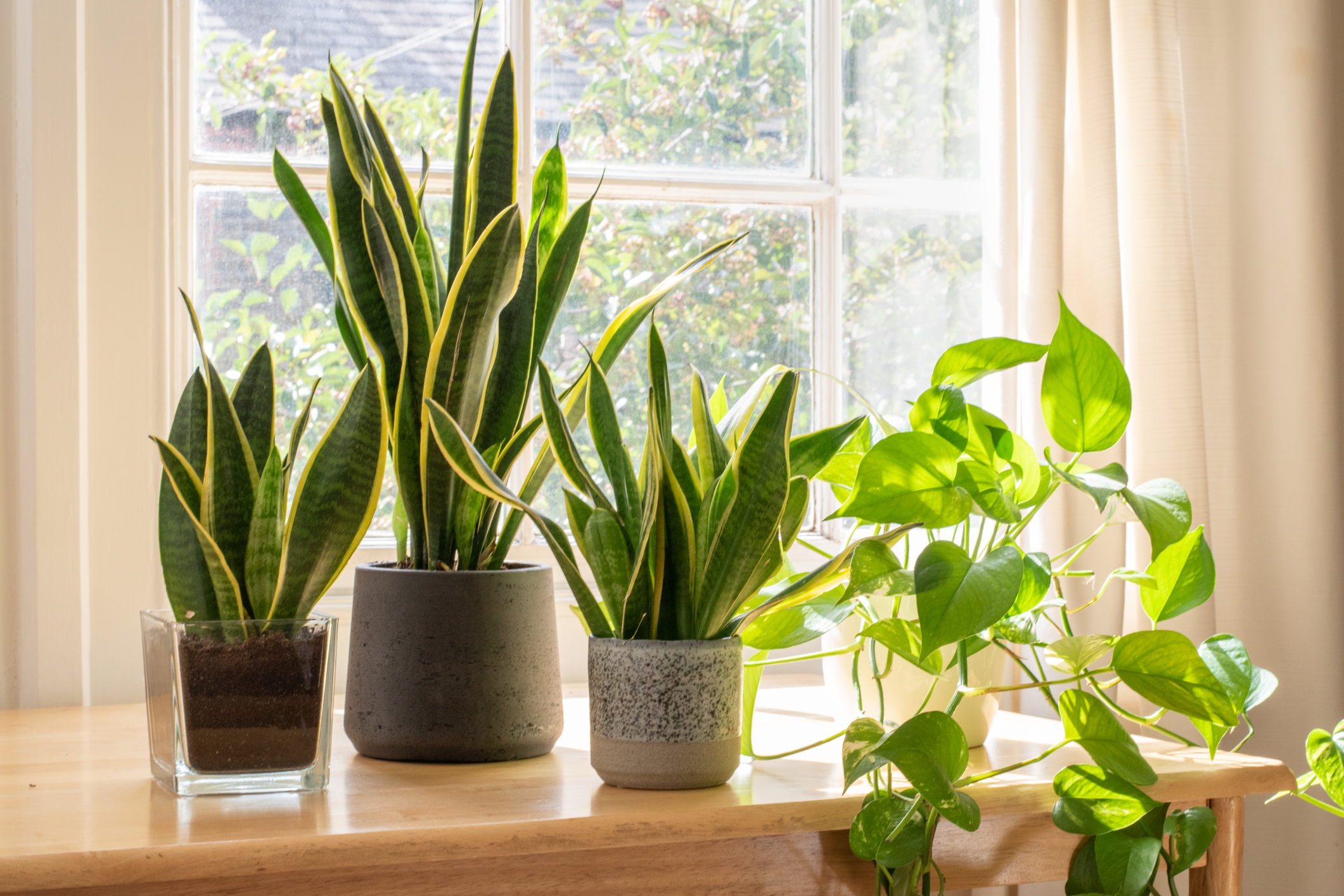 Cheapest Houseplants That Look Nice All Year Round
Cheapest Houseplants That Look Nice All Year RoundHome Decor You don't have to spend loads to fill your home with lovely plants. Here's a list of cheap and cheerful houseplants with tips on looking after them.
By Emma Webber Published
-
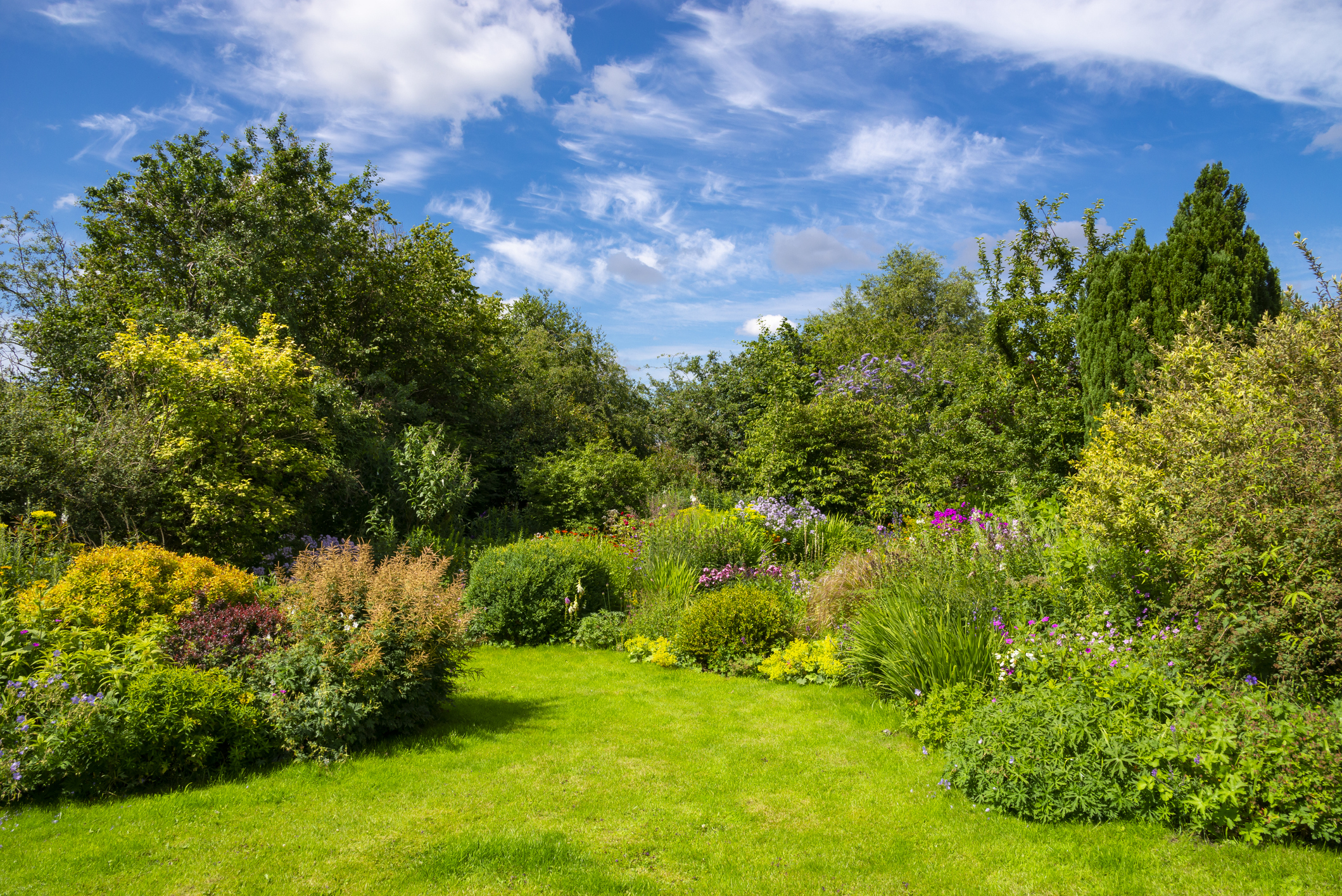 Budget-Friendly Garden Projects
Budget-Friendly Garden ProjectsGarden Projects Time for some DIY fun with these easy-peasy budget-friendly garden projects.
By Emma Webber Published
-
 How Much Can You Save by Growing Your Own Produce?
How Much Can You Save by Growing Your Own Produce?Gardening Lower the cost of your grocery shop by growing fruit and vegetables at home. Read our guide to find out which are the best value and how to grow them.
By Emma Webber Published